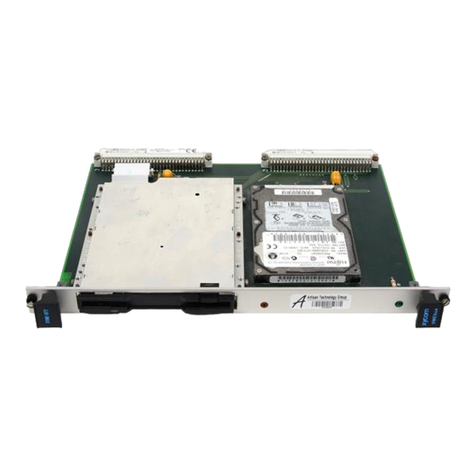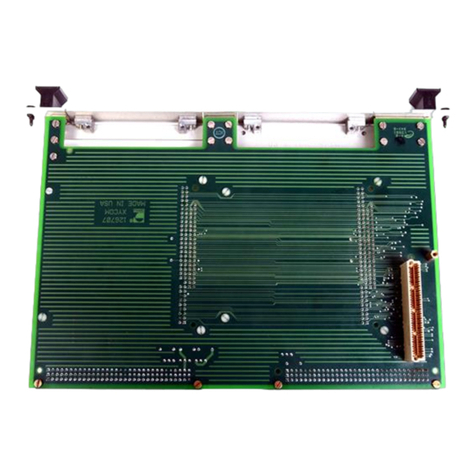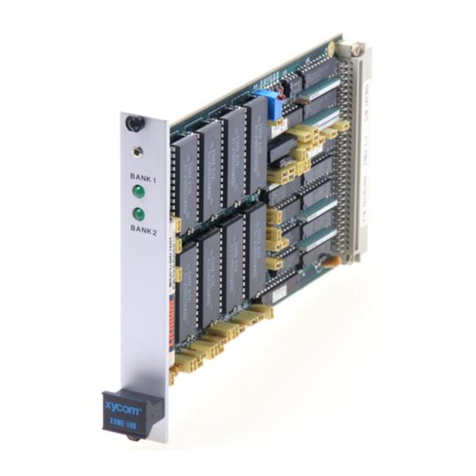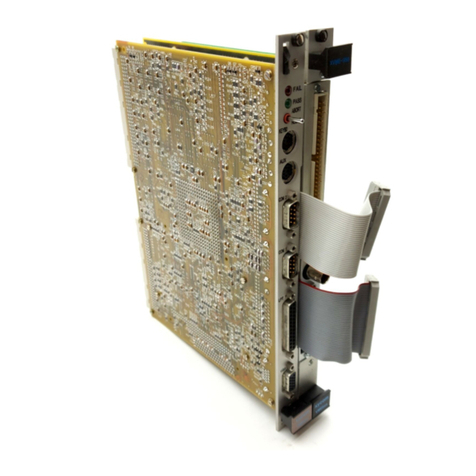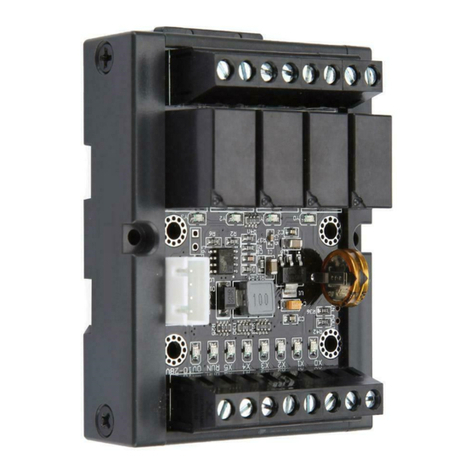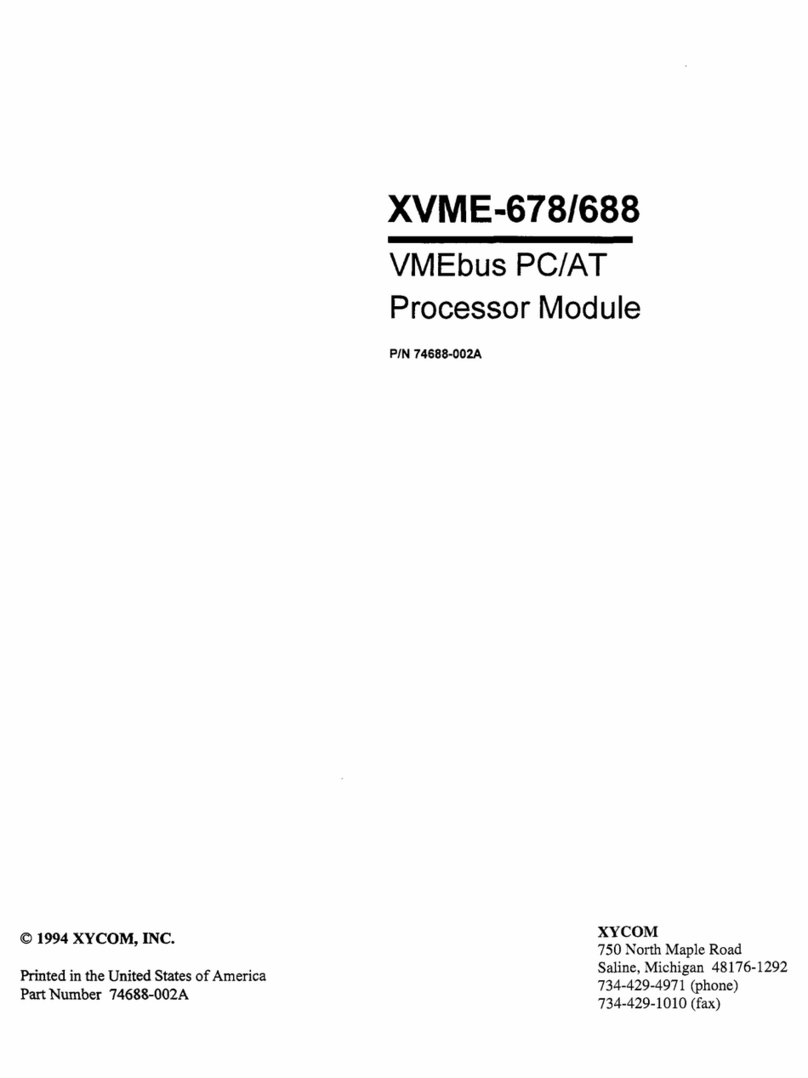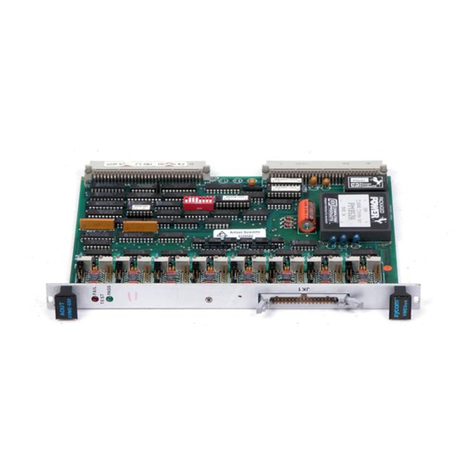
XVME-653/658 Manual
vi
Serial Port Connectors ........................................................................................................... 2-7
Parallel Port Connector .......................................................................................................... 2-7
USB Port Connector............................................................................................................... 2-8
VGA Connector ..................................................................................................................... 2-8
Keyboard Port Connector....................................................................................................... 2-8
Auxiliary Connector............................................................................................................... 2-9
VMEbus Connectors ............................................................................................................ 2-10
P1 Connector ..................................................................................................................... 2-10
P2 Connector ..................................................................................................................... 2-11
Interboard Connector 1 (P4) ................................................................................................ 2-12
Interboard Connector 2 (P3) ................................................................................................ 2-13
Installing the XVME-653/658 into a Backplane .................................................................... 2-14
Enabling the PCI Ethernet Controller..................................................................................... 2-17
Loading the Ethernet Driver ................................................................................................ 2-17
Pinouts for the RJ-45 10/100 BaseT Connector .................................................................. 2-17
Using a DiskOnChip ............................................................................................................... 2-17
Chapter 3 – BIOS Setup Menus ................................................................................ 3-1
Getting to the BIOS Setup Menus ............................................................................................ 3-1
Moving through the Menus ...................................................................................................... 3-1
BIOS Main Setup Menu ........................................................................................................... 3-2
IDE Adapter 0 Master and Slave Submenus.......................................................................... 3-4
Memory Cache Submenu ....................................................................................................... 3-6
Memory Shadow Submenu .................................................................................................... 3-7
Boot Sequence Submenu........................................................................................................ 3-8
Numlock Submenu .................................................................................................................3-9
Advanced Menu...................................................................................................................... 3-10
Integrated Peripherals Submenu .......................................................................................... 3-11
32-Pin ROM Site Submenu.................................................................................................. 3-12
Advanced Chipset Control Submenu ................................................................................... 3-13
Security Menu......................................................................................................................... 3-14
VMEbus Setup Menu ............................................................................................................. 3-15
System Controller Submenu ................................................................................................ 3-16
Master Interface Submenu ................................................................................................... 3-17
Slave Interface Submenus .................................................................................................... 3-18
Exit Menu............................................................................................................................. 3-20
BIOS Compatibility ................................................................................................................ 3-21
Chapter 4 – Programming......................................................................................... 4-1
Memory Map ............................................................................................................................ 4-1
I/O Map..................................................................................................................................... 4-2
IRQ Map ................................................................................................................................... 4-3
VME Interface .......................................................................................................................... 4-3
System Resources................................................................................................................... 4-4
VMEbus Master Interface...................................................................................................... 4-4
VMEbus Slave Interface ........................................................................................................ 4-4
VMEbus Interrupt Handling .................................................................................................. 4-5
VMEbus Interrupt Generation ............................................................................................... 4-6
VMEbus Reset Options.......................................................................................................... 4-6

